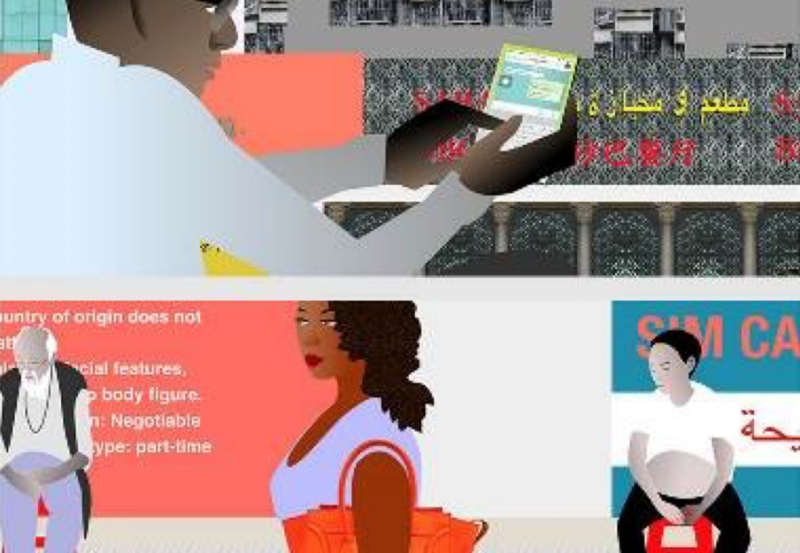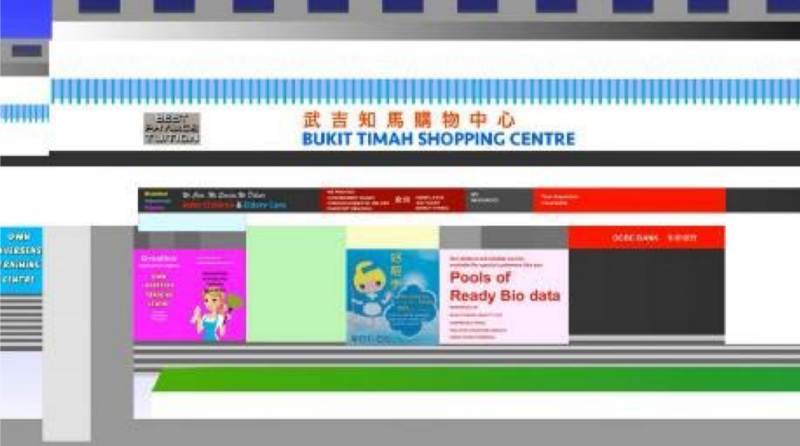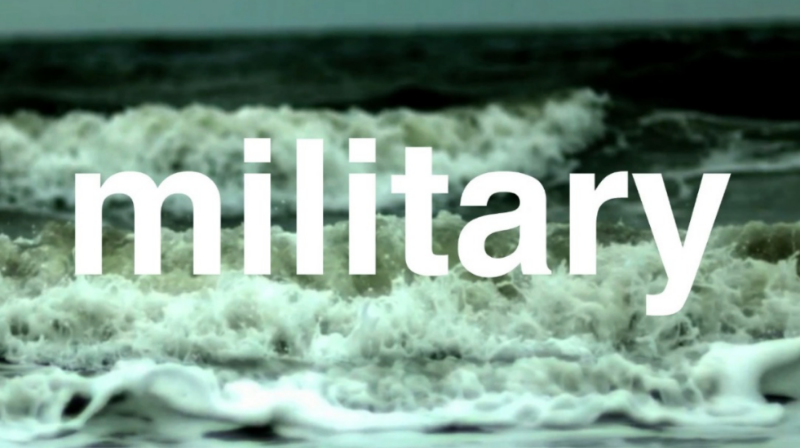
| Period| | 2019.05.09 - 2019.06.09 |
|---|---|
| Operating hours| | 10:00 - 19:00 |
| Space| | Alternative Space Loop |
| Address| | 20, Wausan-ro 29na-gil, Mapo-gu, Seoul, Republic of Korea |
| Closed| | New Year, Lunar New Year, Chuseok holidays |
| Price| | Free |
| Phone| | 02-3141-1377 |
| Web site| | 홈페이지 바로가기 |
| Artist| |
|
정보수정요청



|
|
Exhibition Information



With globalization, ethnic categorizations that once represented cities are increasingly losing their significance. Non-sites appear and accumulate at an unprecedented rate. An obverse of anthropological sites, non-sites refer to spaces of movement, consumption, and communication: spaces created for various means of transportation, from stations and airports to parking lots; spaces that offer short-term, temporary accommodation like a hotel; spaces of consumption in the form of large-scale malls or department stores; spaces for entertainment in the form of arcades, games rooms, and theme parks; and the virtual space of the Internet as a conduit for media communication. *CANDY FACTORY PROJECTS creates digital video work that delve into the non-site, observing the instantaneous and fleeting human actions, the transitory relationships, and the breakdown of communication that occur at non-sites. One ongoing *CANDY FACTORY PROJECTS series, Floating World Comics (2017~), features videos that capture the surface images of contemporary urban environments, verging on spectacle, in the style of ukiyo-e. One work is focused on African traders in Guangzhou. In just twenty years, the acceleration of market reform in Africa has increased international trade by two hundred percent since 2000. Trade with China makes up the biggest share, and there were, as of 2012, over one hundred thousand people from the African continent living or residing in China and working in import-export. The Xiaobei Lu area in Guangzhou, where many of the West Africans work and live, is referred to as “Chocolate Factory,” a racist nickname given by the Chinese. As the camera pans, animated images of Africans in peach-colored Lacoste shirts, logos of big multinationals such as Alitalia, and propaganda posters announcing the age of Xi Jinping pass in front of our eyes. In the ongoing series Online Ads (2007~), *CANDY FACTORY PROJECTS borrows from an actual online ad for a factory in São Paulo seeking to recruit Japanese-Brazilian accountants. The text animation video introduces us to the history of Japanese immigration to Brazil, starting in 1908, and the fact that as of 2016, the population of Japanese Brazilians is at one and a half million. Words in Brazilian Portuguese appear on screen and are sounded out in a digital voice recorded over music. As Internet usage surged in the mid-1990s, Internet art increasingly delved into hardware and software, programming language, and art practices related to physical actions and ideas surrounding the Internet. Takuji Kogo set up *CANDY FACTORY PROJECTS in 1998 as a platform for collaborative art projects, with a particular focus on the Internet. The online projects, offline exhibitions and publications of *CANDY FACTORY PROJECTS share the trajectory and history of the term Internet art. Digital technologies no longer exist separately from the day-to-day, whether in time or in space. The Internet is itself a non-site now: It imposes a new spatial logic and significance on society, where online communication replaces direct communication and/or experiences of the real. Online anonymity is the obverse of images flaunting massive accumulations of capital, and this creates further, or different forms of, isolation. Passing through a non-site, one is alone in a sea of people. *CANDY FACTORY PROJECTS question the impact and repercussions on our lives of the aesthetic of the spectacle that now dominate urban landscapes, and of online communication and interactions. Ad images, slogans, logos, posters, and other coded texts and images form bases from which the subjects of non-sites, whether passengers, consumers, or clients, can be observed. Written by Ji Yoon Yang Translated from the Korean by Emily Yae Won Lee
